Who is a UX Engineer Specifically?
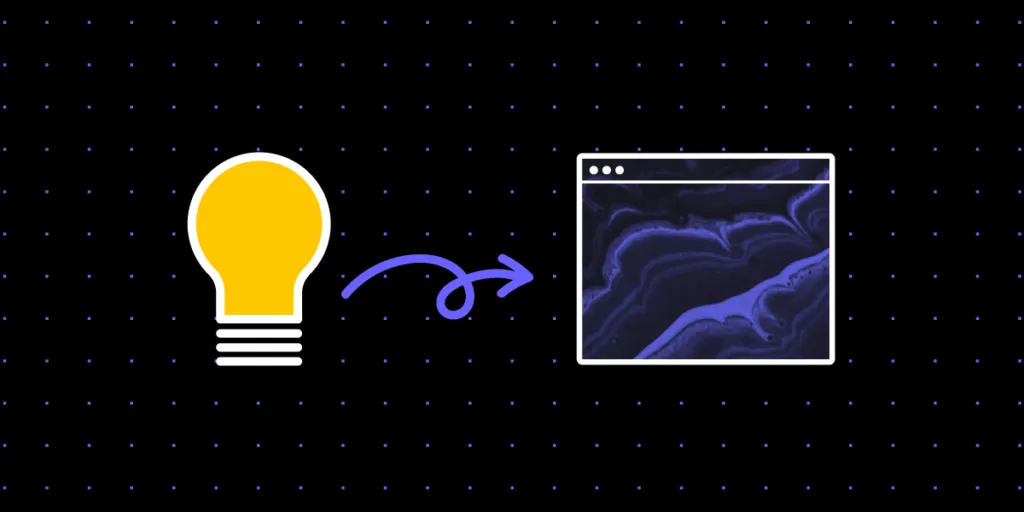
UX engineers play a crucial role in modern software development teams. These tech generalists have the skills and language to enhance collaboration between design and development.
Key takeaways:
- A UX engineer is hybrid role that connects design with development skills. They know how to code but they also know a lot about designing user-friendly interfaces.
- UX engineers often work on cross-functional teams, providing clarity and support between designers and engineers.
- There are a few paths of becoming a UX engineer, depending on the expertise they want to have.
Build interactive and user-friendly interfaces in seconds. Bring coded components to our design editor and assemble layouts that are production-ready from the start. Discover UXPin Merge.
What is a UX Engineer?
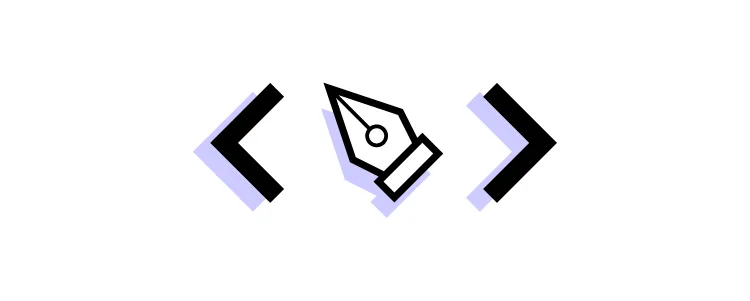
A UX engineer (user experience engineer), also called a UI engineer or UI or UX engineer, is a hybrid UX designer-developer position. They’re generally front-end developers who understand design thinking and design principles.
UX engineers work with design teams, engineering teams, or somewhere between, acting as a bridge between design and development. They usually specialize in front-end development building and optimizing UI elements like layouts, buttons, links, and other interactive components.
UX engineers often work with design systems–transforming static design elements into interactive code components.
UX Engineer’s Skills & Responsibilities
In UX Engineers: What We Are, UX engineer Briley Sandlin uses a graphic to represent a UX engineer’s responsibilities.
UX Designer:
- UX research
- Asset creation and management
- Wireframing
UX Engineer/UX Designer overlap:
- Ideation
- Design testing
- Redesigning
UX Engineer:
- Prototyping
- UI component development
- UI maintenance
- Styling architecture
UX Engineer/Front-End Engineer Overlap:
- Implementation
- Technical feasibility
- Backlog management
Front-End Engineer:
- Performance
- Query architecture
- Search engine optimization
UX engineers must be highly competent at front-end programming with knowledge and understanding of design processes and principles. Here is a walkthrough of how a UI/UX engineer’s skills and responsibilities fit in the software development process.
Does UX Engineer Need Code?
Yes, UX engineers must know how to code. At a bare minimum, they must be highly competent with primary front-end programming languages like HTML, CSS, and Javascript.
Front-end Development – HTML, CSS, Javascript
A UX engineer’s primary role is front-end development. Like any front-end development, they must be highly competent and experienced with HTML, CSS, and Javascript.
Depending on the product, some companies might require experience with a specific front-end framework like React, Angular, Vue, etc.
Package Managers
Depending on the programming language, UI/UX engineers must know how to work with package managers like NPM or Yarn used with Node.js projects.
Version Control (Git)
Front-end development is ever-changing and evolving. UX engineers use version control systems like Git to manage changes and updates. Version control also allows UX engineers to work on a project simultaneously with other programmers.
Design Thinking
Understanding the design thinking process is crucial for UX engineers to collaborate with designers. They must have empathy for end-users and understand user experience design principles.
User Interface Design & Interaction Design
UI design and interaction design are crucial skills for a UX engineer. They work with designers to brainstorm ideas and turn prototypes into functioning code. While UX engineers don’t design user interfaces, they convert design files into code and must understand UI design principles.
Human Computer Interaction (HCI)
Human computer interaction (HCI) is similar to interaction design but focuses on code rather than design principles. The UX engineer’s job is to build an intuitive front-end experience based on the designer’s prototypes.
Design Systems
UX engineers often work on design systems with a cross-functional team of designers, researchers, and other engineers. The UXE is responsible for building new components from design files.
Debugging & Testing
Debugging and testing are a crucial part of a UX engineer’s job because they’re responsible for catching and fixing front-end bugs before release. UX engineers build code prototypes which they present to designers and engineers.
Designers ensure the prototype matches the design while the UXE’s fellow developers review the code for best practices, naming conventions, etc.
By building these code prototypes, UXEs streamline the design handoff process while creating the foundation for engineers to develop the final product.
Navigation and Information Architecture
UX engineers must understand navigation and information architecture because they’re responsible for connecting screens, modals, and pages.
Responsive Design
Responsive design is crucial for front-end development. UX engineers must use CSS media queries to set breakpoints for multiple screen sizes and devices, including mobile, tablet, and desktop.
Wireframes & Mockups
While UX engineers don’t necessarily build wireframes and mockups, they must turn these designs into code.
Aside from the essential skills we list above, UX engineers must also understand the following basic design principles to collaborate with design teams:
- Visual design
- Usability testing
- UX research
- User journey mapping
What Does a UX Engineer Do?
A UX engineer’s (UXE) responsibilities vary depending on the organization and product, but they usually work across design and engineering processes. We can define the UXE process in four stages:
- Ideation
- Design
- Build
- Test
Ideation
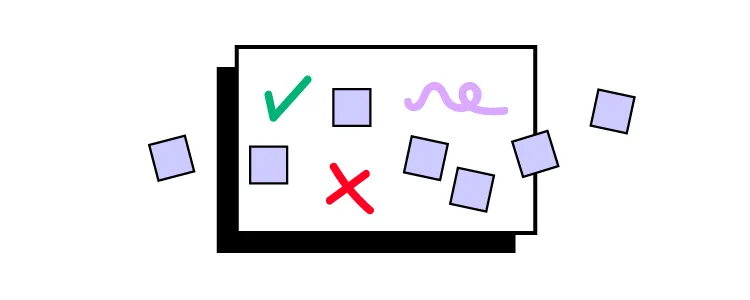
UXEs partner with user researchers and designers to define usability goals, brainstorm solutions and advise on the technical feasibility of early designs.
Brainstorming and sketching ideas are crucial during the ideation phase. UXEs provide technical insights about how an idea might work and if it’s within the product’s technical constraints.
Having a UXE during the ideation phase can save organizations valuable time because they can steer designers and researchers away from solutions beyond engineering capabilities.
Design
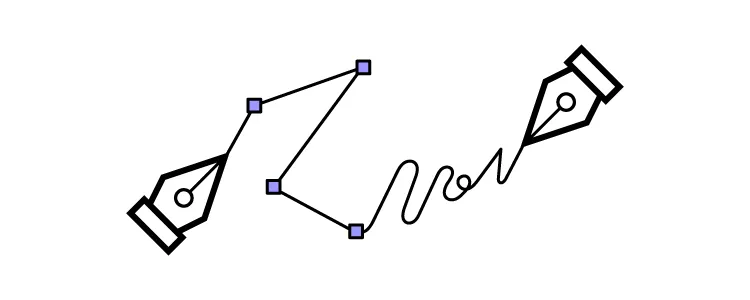
UXEs take an active role in the design process–from wireframing and low-fidelity prototyping to mockups and high-fidelity prototyping. If the UX engineer is working with a design system, they collaborate with designers to design a library of components in tools like UXPin.
A UX engineer is responsible for assisting designers in preparing design files, documentation, and prototypes for the design handoff. They ensure that developers understand the language and instructions and facilitate communication between designers and engineers.
Build

A UXE is responsible for converting static designs into code. Their role extends to layouts and UI elements, leaving other front-end development like data integration, APIs, performance, and analytics to the engineering team.
UX engineers work with the engineering team throughout the development phase to execute designs as intended.
Test
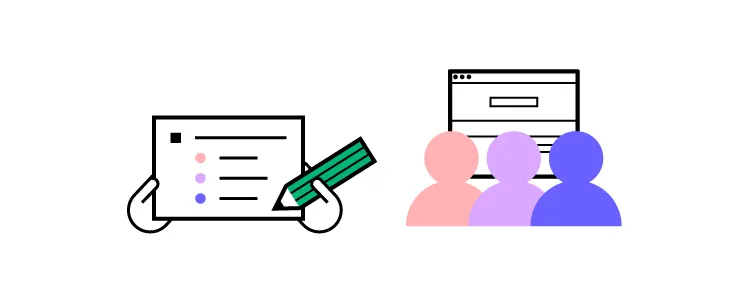
UX engineers work closely with designers to test ideas and develop solutions during the design process. UXEs also work with engineers to identify and fix bugs in code.
How to Become a UX Engineer
If you want to get a job as a UX engineer at a major tech company, they usually require a degree in Computer Science, human computer interaction (HCI), or UX design.
You have a few paths to becoming a UX engineer:
- UX designer: Must learn programming languages like HTML, CSS, and Javascript, plus other front-end skills like Git, Chrome Developer Tools, NPM/package managers, and working with the command line.
- Front-end developer: The most common route to becoming a UX engineer is transitioning from front-end development. Front-end devs already have most skills a UXE requires but must learn UX design processes and principles.
- Product designer: The path from product designer to UX engineer is also straightforward. Product designers apply design thinking to their work, and most have basic programming skills to build prototypes.
UX engineers also work with a diverse toolkit. They must be competent with design tools, DevOps, and developer toolkits because they wear both designer and developer hats. Check out UX engineer’s tools.
Many UX engineer positions work with design systems, so design system knowledge and experience are crucial if you want to land a high-paying UX engineer role.
UX Engineer Salary
According to Glassdoor, the average salary for a UX engineer in the United States in 2022 is $116,625.
Optimizing UX Engineering Workflows With UXPin Merge
UXPin Merge allows UX engineers to collaborate with designers and developers through one tool. Sync components from a repository to UXPin’s design editor, so designers and engineers work with the same UI elements.
Instead of creating UIs in code, teams can drag and drop UI components to assemble layouts. Build designs that are production-ready 10x faster. Request access to UXPin Merge.




